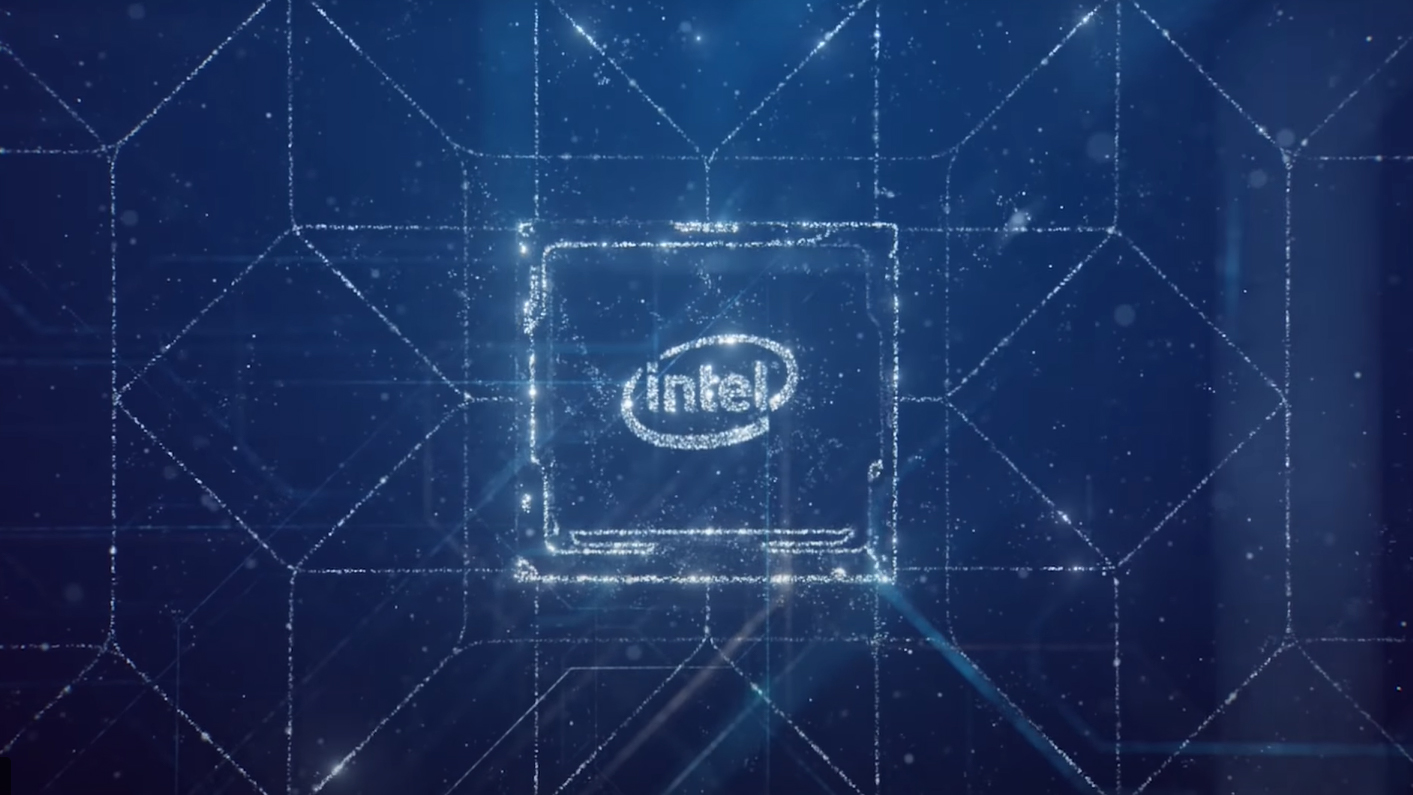
Hot on the heels of Nvidia's latest GPU launch, Intel has teased the Gaudi3 processor — an AI accelerator with in-built memory to rival the H100 – one of the best graphics cards.
The 5nm Gaudi3, the successor to the 7nm deep learning training processor Gaudi2, has four-times brain floating 16 (BF16) power, twice the networking power and 1.5-times the bandwidth of high-bandwidth memory, according to Serve the Home.
The component, which is set to launch in 2024, will be fitted with up to 128GB HBM3e RAM, the publication estimates, which would trounce its predecessor's 96GB HBM2e on-board memory and lead to serious performance gains in AI learning and training.
New Intel chips to rival Nvidia
It's effectively Intel's answer to the GH200 superchip, which is fitted with 141GB of HBM3e memory that accompanies Nvidia's latest GPU. With Gaudi2 in the same ballpark as the H100 – it's likely Gaudi3 will boast performance levels in the same region as the H200.
Intel teased the capabilities of its Gaudi3 chip alongside the Intel Max Series 1550 graphics card, which is fitted into the newly online Aurora supercomputer. This is the second ever exascale supercomputer, and will likely be the most powerful of all time once it's fully tuned.
It's widely expected to outpace the Frontier supercomputer once it's fully up to speed and reach performance levels of up to two exaFLOPs — approximately two billion, billion calculations per second.
This is vastly more powerful at handling AI training workloads than comparable systems fitted with AMD and Nvidia GPUs, according to the company.
The Intel Max 1550 GPU registered a score of 48.4 samples per second when put through the CosmicTagger single GPU training throughput benchmark, with AMD's MI250 and Nvidia's A100 scoring 31.2 and 14.7 respectively.
This is comporable to figures registered in the CosmicTagger single node training benchmark, with Intel's GPU scoring 280 samples per second vs 120 and 54.9 for AMD and Nvidia's GPUs respectively.
Although there aren't comparable benchmarking figures available for Nvidia's H100 or H200 GPUs, these results make the Intel Max 1550 a more than competent candidate to power systems that run AI training and inference workloads.
More from TechRadar Pro
- These are the best graphics cards you can buy today
- We've rounded up the best cheap GPUs on offer
- The first AI nation? This ship has 10,000 Nvidia H100 GPUs worth $500 million







